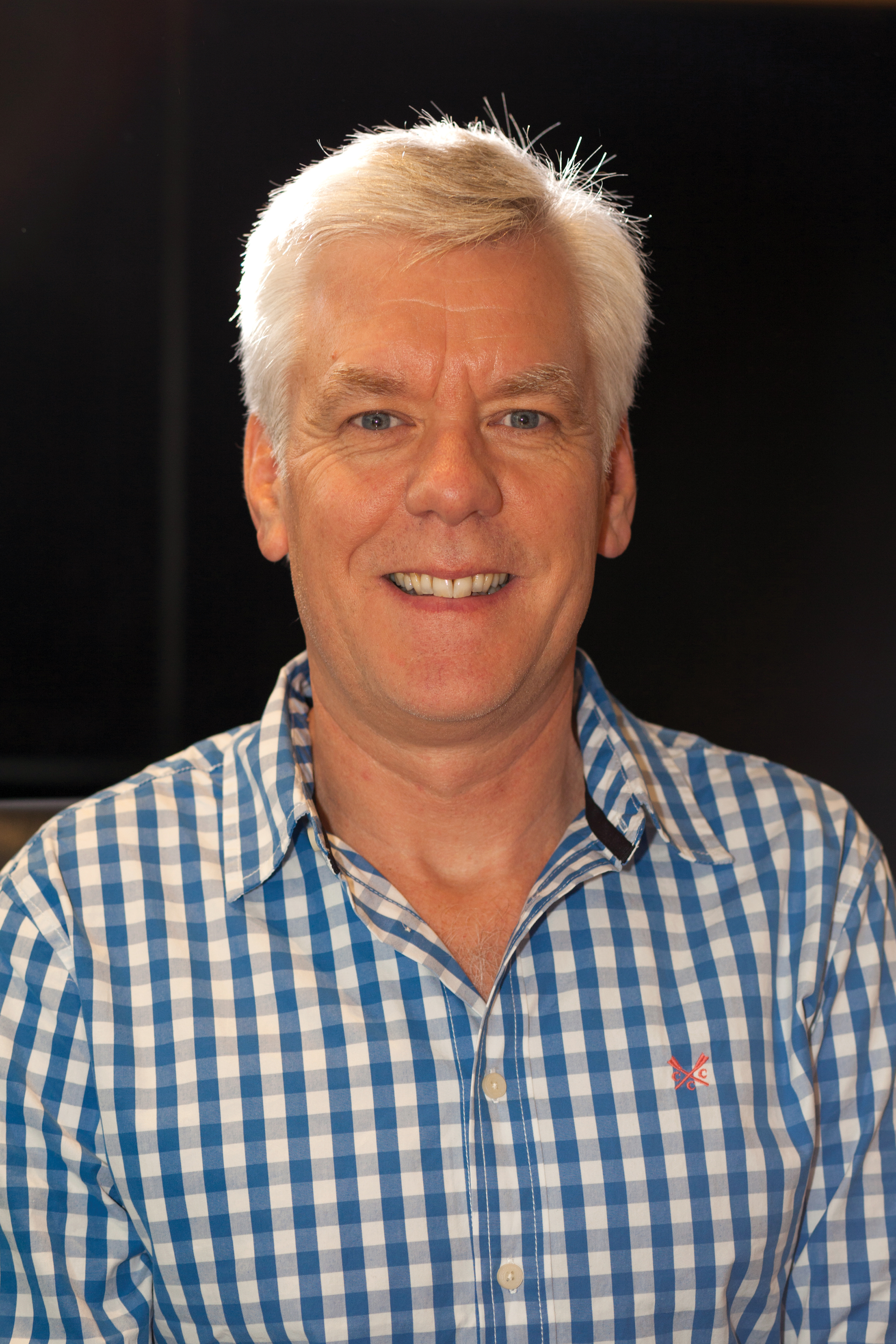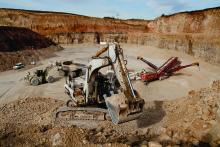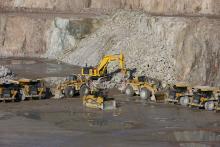
Standardisation and centralisation: these are the two main descriptions of an emerging picture of efficient management of plant fleets, writes Jon Masters.
He spoke to Simon Purchon of
Maintenance regimes are standardised and managed across a single centralised system, for the principal aim of meeting required availability of equipment at less cost.
This is a simplified description of how Babcock International Group is serving the global mining and construction sector.
The full picture is significantly more complex as it is delivered through ALCAMiE, Babcock’s own set of systems and processes, which the company says goes some way to explaining its successful growth in recent years.
A year ago ABE visited the company and spoke about its plans, and now we look at how it has fared over the past 12 months during which time it has grown and expanded.
The company has become adept at taking the challenging task of fleet or asset management off the hands of its clients and turning it into a more efficient operation.
In general terms, looking after customers’ assets is what Babcock has been doing in defence, energy and other public and private sector markets for over 120 years now. The company has moved from a FTSE 250-listed company to a FTSE 100 company during the past year and the Mobile Assets part of the £3.2 billion (€3.7 billion) business has recorded an annual turnover of around £200 million (€232 million). However, its presence in mining and construction is a relatively new one.
“We have moved quickly to establish a unique offering for clients in mining and construction,” says Babcock Mobile Assets’ business development director Simon Purchon.
A ten-year, £150 million (€174 million) contract with
Purchon acknowledges that this resulted from an inquiry from Lafarge rather than the other way round.
Since then, however, Purchon’s team has started to tap into a rich seam of opportunity. In June this year a further £50 million (€58 million), five-year contract (with a five-year extension option) was signed with
Babcock has also announced to the London Stock Exchange the acquisition of a facilities management supplier in Brazil.
“The intention is to grow the footprint of services that the company currently provides, to move it into mining and construction.
There is a lot of opportunity in Brazil,” sasy Purchon.
“Our strategy is about landing and then expanding in countries where we are already known. Once one contract becomes two, then we have a business. Each national or regional operation is set up to be a separate entity.”
That includes Babcock operations in North America, South Africa and Australia. Each has its own special business culture, says Purchon. Outsourcing fleet management would seem logical, however, wherever there is a need for greater efficiency, plus in the UK at least, a desire to take plant operations off balance sheets.
“The financial model we have developed is unique in that it creates an off-balance sheet solution for the client. It’s classified as an availability service contract, with a single charge calculated from blended rates.
“What Lafarge and now AI have decided is that management of assets is non-core business for them. What they wanted was an impartial agnostic non-OEM supplier to manage a mix of assets. We’ve developed a niche in this market where we can advise clients on the right equipment to use based on its whole-life cost. That’s the mantra that we advocate,” says Purchon.
For AI, effectively a conglomerate of a large number of separate businesses and divisions, there is a lot to be gained from outsourcing and centralising management of its overall quarry fleet.
The company had a relatively aged fleet, spread over 133 different sites, with increasing maintenance costs and limited ability to capture the data necessary to understand the whole-life costs, says Purchon.
The contract developed with Babcock covers over 500 items of heavy mobile plant over AI’s business units. A single dedicated control centre is provided for managing every one of these assets.
“Everything is centrally controlled, each asset is set up on the one fleet management system and every item is managed in terms of its availability and whole-life cost,” says Purchon.
Babcock’s understanding of how to extract maximum value from assets over time comes from employing a lot of bright people formerly employed by the big manufacturers: engineers with considerable knowledge of how long things last. The general thinking is that on average each item will have a life of 29,000 hours (about 15 years of use) with one major mechanical refurbishment in the middle of its life.
Babcock is working out the costs at every 1,000 hours on a sliding scale, at its risk, for every different brand of vehicle or asset and then blending them to come up with a cost per category of plant for every stage of its life. Ultimately, customers pay a fixed price per number of items in use per month.
“AI and Lafarge no longer have to worry about the availability of their assets. They only have one number to ring if there are any breakdowns and they only deal with a single supplier for maintenance. Both were previously spending a lot of time and effort paying a very wide ranging supplier base,” says Purchon.
“We optimise maintenance costs because it is our risk, standardising maintenance regimes, generally believing this should be carried out every 500 hours (subject to age and operation). Systems we use allow us to group tasks together to reduce costs and asset downtime and we have built well informed control of how long each type of maintenance task for every item of plant should take.”
With a contract based on availability and penalties incurred if targets are not reached, Babcock has considerable incentive for performance improvement.
A regime of condition monitoring applied across whole fleets is crucial for this, as is reduction of fleet sizes with more proactive management of plant movements to maximise its use nationally across customers’ whole businesses.
“The cost of replacing a failed engine is about twice that for one close to failure,” says Purchon.
“Telemetry and monitoring is absolutely key to avoiding failures and maintaining availability. It is generally harder for customers to stay on top of this because it is not their core business. We’re doing it for our bottom line of course and ensuring maximum fleet availability.
“For optimising fleet size we ask customers what are their absolute core items that they cannot do without. Then we work out how many extras they keep as spares, which are not sold at first, but mothballed while we work to optimise maintenance of the core fleet, being more proactive with maintaining these items when they are not in use if possible.
“It surprises me that some companies’ maintenance teams work the same hours as their plant operators.
“Once the absolute size of fleet needed is determined, then we can start to get rid of any surplus. It is here that big savings can be made. We are managing availability up and costs down. It’s done by centralised control with one system and process for seeing the whole picture.”
The next step for Babcock Mobile Assets here on, in mining and construction at least, is to do more with management of fixed assets, says Purchon.The company has also taken on a new international product applications manager, Derek Maughan, whose role is to advise clients on plant and equipment best suited for particular tasks and sites.
“Or reducing costs by improving operational environments, such as gradients to reduce fuel burn, so helping our customers save money either by improving plant performance or advising them on the best whole-life equipment for the material they want to move,” says Purchon.
“We are looking to broaden how we apply our expertise, from being a fleet management company to also be a fixed equipment and cost efficiency consultant. That’s the strategic path we’re on.”








